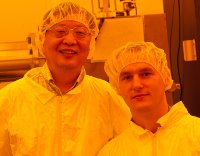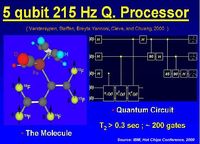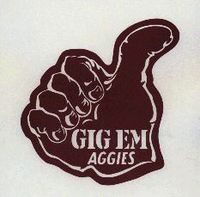
I read Sports Illustrated's profile of TCU coach Gary Patterson with interest and, in the end, with revulsion. Not because Patterson's a bad guy. He's a great guy, a real ambassador for the sport. It was the article's description of all the money pouring into his program – for facilities, for salaries, for amenities. TCU is not a school with an enormous endowment, yet it's spending millions of dollars turning kids into billboards (I liked the uniforms they had that were given a look like scales), and thinking that's a good use of education money.
It's not. It's just a bid for political influence. It's influence peddling.
I went to Rice, and when I went there we played in the old Southwest Conference. That conference disappeared in a welter of corruption and greed in 1994, and the school now plays in something called Conference USA. We lose $10 million a year. I wish we didn't, but I also know the only way to reduce the loss is to kill the program. So I keep my mouth shut.
Still, like most Rice alums, I'm a lot happier about news like this than I ever could be about beating Texas A&M. It's a paper in the journal Physical Letters by Prof. Rui-Rui Du (left, above) and his graduate student, Ivan Knez (right, above), describing a "quantum spin Hall topological insulator." This is a device needed to create a quantum computer, a gate for a device that would operate on a sub-atomic level. Instead of using “bits” of on-and-off, it would use base four, the spins possible in a particle.

What's really great here is what Knez used to make the insulator. It's a commercial-grade semiconductor already used to make night-vision goggles, something physicists already know how to attach to a superconductor.
This is all fairly theoretical, still. The reason Du and Knez are wearing bunny suits in the picture is because they're working at temperatures near absolute zero. As Iqbal Pittalwala, a spokesman at Cal State Riverside, which is looking at different architectures for quantum computing, the Rice work is in the theoretical deep end. It's science, not engineering. UCR hopes to build something that works and can be replicated with a magnetologic gate in graphene.

Consider yourself gigged, Aggies.









